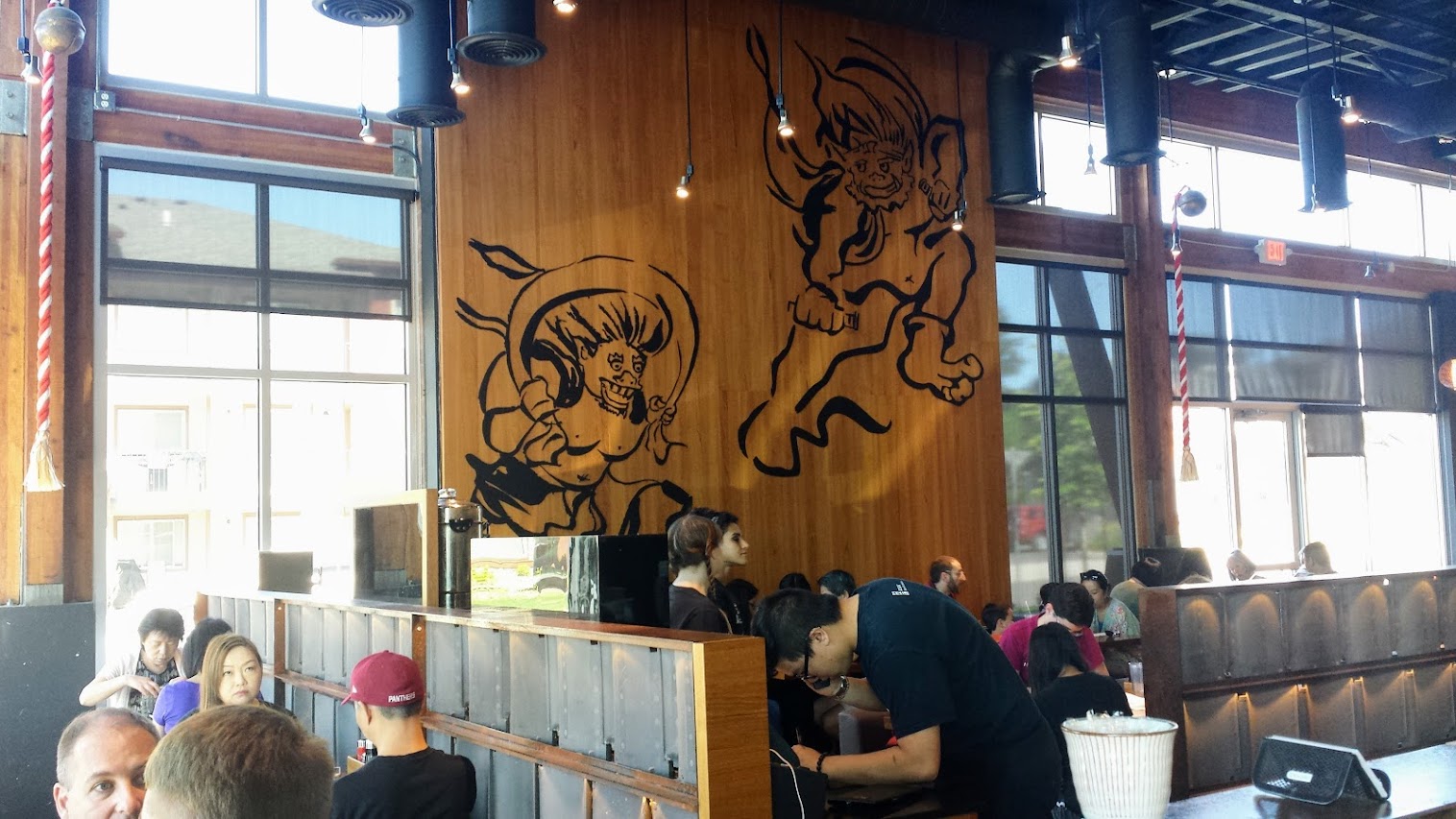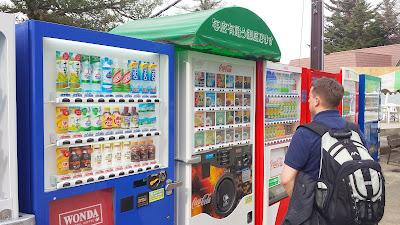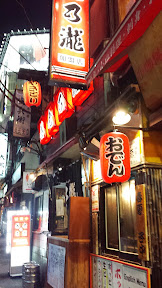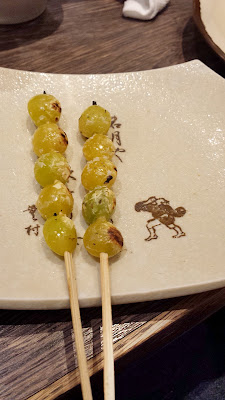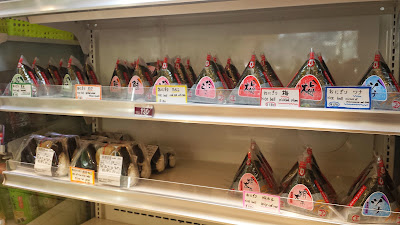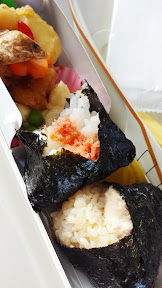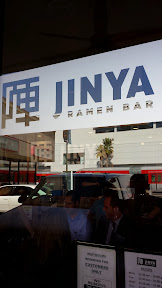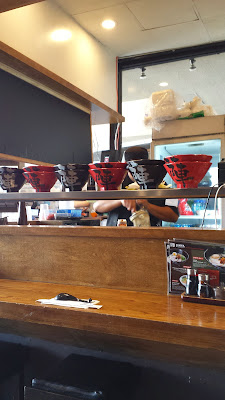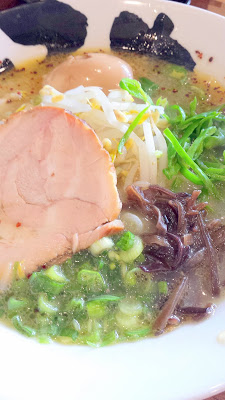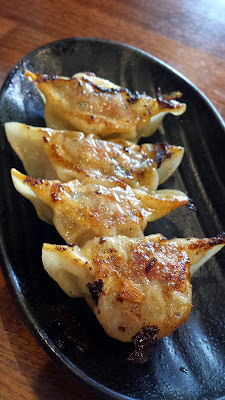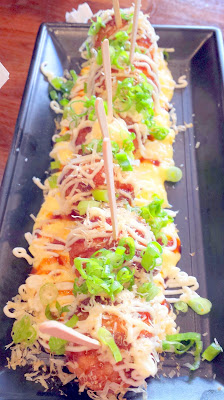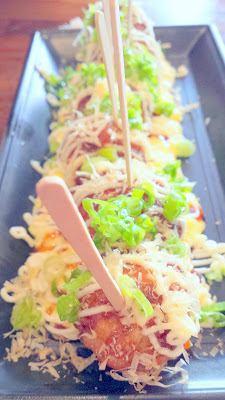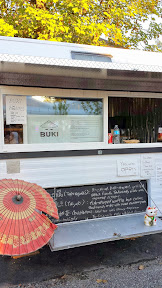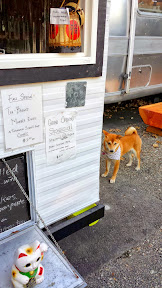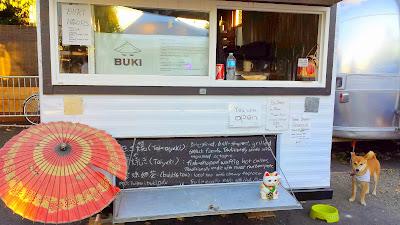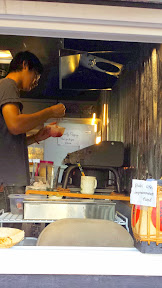To me, winter = ramen season! Kizuki Ramen and Izakaya, formerly known here as Kukai (and still known as Kukai at other branches although this is the only branch in Oregon) brings authentic ramen as well as some izakaya dishes to enjoy in a family friendly restaurant setting in Beaverton. Located in a upscale strip mall area, there is plenty of parking nearby. They don’t take reservations – once your whole party arrives, you will be seated based on the order of your sign in. The location is pretty spacious and includes the traditional counter seating to quickly get your ramen on, or regular restaurant style tables.


